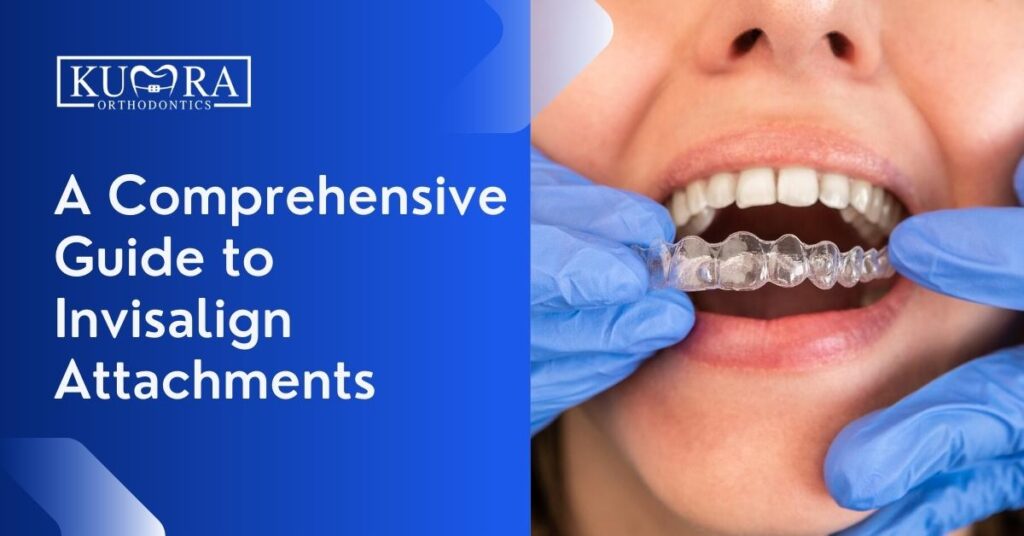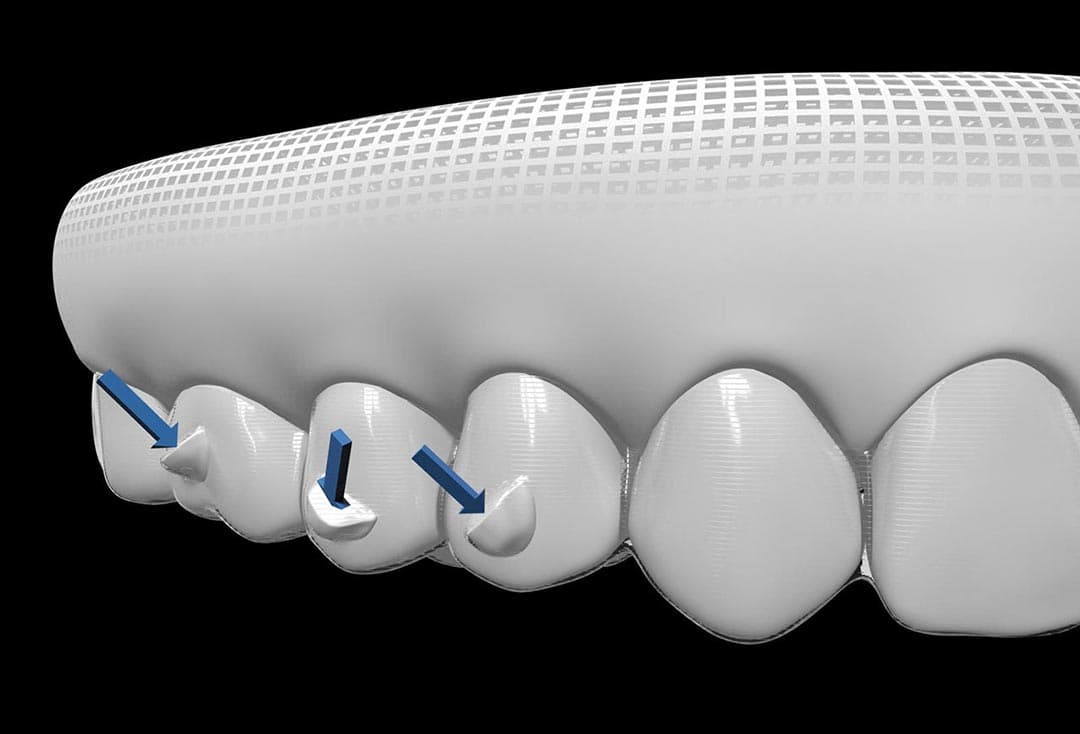The Price of Invisalign: Understanding the Investment in Your Smile
The Price of Invisalign: Understanding the Investment in Your Smile
Blog Article
Invisalign vs. Traditional Braces: Which Option Is Right for You?
When thinking about orthodontic treatment, the choice in between Invisalign and traditional braces presents numerous crucial factors that merit careful examination. Invisalign supplies a discreet choice with detachable aligners, while standard braces supply a much more visible yet effective service for severe misalignment.
Overview of Therapy Alternatives

On the other hand, traditional braces include steel brackets and cables that are bonded to the teeth. This technique uses continual pressure with time to achieve alignment. While reliable for intricate orthodontic concerns, conventional braces need routine sees for changes and can pose challenges in preserving dental hygiene because of the problem of cleaning up around brackets and cables.
Both choices have their qualities, and the selection frequently rests on details oral problems, way of life preferences, and individual conformity. Inevitably, speaking with an orthodontic professional is critical for establishing the most suitable treatment strategy tailored to private requirements. Recognizing the subtleties of each choice can dramatically influence the overall success of orthodontic treatment.
Visual Considerations
A considerable factor influencing the option between Invisalign and standard dental braces is the visual appeal each treatment uses. Invisalign aligners are crafted from clear plastic, making them virtually undetectable when put on.
On the other hand, typical dental braces include metal braces and cords, which can be a lot more visible. While developments in orthodontic modern technology have resulted in the growth of smaller braces and tinted elastics, conventional braces still preserve an even more conspicuous account. For some people, the exposure of braces may hinder them from looking for necessary treatment.
Eventually, the choice between Invisalign and conventional braces may hinge on personal preferences pertaining to visual appeals. People that prioritize discernment often lean toward Invisalign, while those who are much less concerned about exposure may go with standard braces. Comprehending the visual effects of each alternative is critical for making an informed choice that straightens with one's way of living and preferences.
Convenience and Convenience

In regards to benefit, Invisalign aligners are detachable, enabling people to appreciate their favorite foods without restriction and maintain optimum oral hygiene. Brushing and flossing are streamlined, as the aligners can be taken out throughout these regimens, whereas typical braces need cautious navigating around wires and braces.
In comparison, traditional dental braces demand routine modifications, making them much less hassle-free for those with busy schedules. On the whole, the comfort and comfort of Invisalign make it an attractive option for several individuals seeking orthodontic treatment.
Therapy Period and Effectiveness
While both Invisalign and typical braces are efficient in correcting dental misalignments, the duration of treatment can differ substantially between the 2 choices. Usually, Invisalign treatment can take visite site anywhere from 12 to 18 months, depending on the complexity of the situation. The Full Article clear aligners function by progressively shifting teeth right into their preferred placements, and regular follow-ups with an orthodontist assistance guarantee progress remains on track.
On the other hand, typical braces usually call for a longer commitment, generally varying from 18 months to 3 years. This is because of their set nature and the use of braces and cables, which can be a lot more efficient for complex cases and serious misalignments (Invisalign). The therapy performance of typical braces is well-documented, as they permit specific modifications and greater control over tooth movement
Inevitably, the choice between Invisalign and conventional dental braces may depend upon both the awaited therapy period and the particular dental concerns handy. Consulting with an orthodontist is vital, as they can offer customized recommendations based upon specific demands, ensuring the chosen method straightens with preferred durations and outcomes.
Cost Contrast and Insurance Options
Cost plays a considerable function in the decision-making procedure for people thinking about orthodontic treatment, whether choosing for Invisalign or standard braces. Generally, the expense of Invisalign arrays from $3,000 to $8,000, while conventional braces commonly cost in between $2,000 and $6,000. Variables influencing these prices include the complexity of the instance, the duration of therapy, and geographical location.
Many dental insurance policy strategies offer partial protection for orthodontic treatments, yet the specifics can vary commonly. Generally, standard dental braces might be a lot more often covered by insurance strategies compared to Invisalign, which some insurance companies classify as an aesthetic procedure.
Additionally, numerous orthodontic practices provide flexible payment strategies, making both treatment alternatives extra easily accessible. Patients must make inquiries about possible funding options and discounts for upfront settlements. Evaluating the total price, including insurance policy benefits and settlement strategies, is essential for making a notified choice that straightens with both visual choices and budget plan considerations.

Final Thought
In summary, the selection in between Invisalign and conventional dental braces rests on numerous factors, consisting of visual choices, convenience, therapy duration, and price. Invisalign offers a discreet, detachable alternative that assists in oral hygiene and dietary versatility, while typical braces might be extra suitable for intricate dental issues and usually come with a lower cost factor. Eventually, consultation with an orthodontist is vital to examine read this private conditions and establish the most appropriate therapy alternative for attaining optimal dental positioning.
When taking into consideration orthodontic treatment, the option in between Invisalign and traditional braces presents several crucial factors that merit mindful evaluation.Comparing Invisalign and traditional dental braces discloses distinctive treatment alternatives for orthodontic correction.While both Invisalign and standard braces are efficient in dealing with dental imbalances, the duration of therapy can differ substantially in between the 2 choices.Price plays a substantial role in the decision-making process for individuals considering orthodontic treatment, whether deciding for Invisalign or conventional braces.In recap, the selection in between Invisalign and traditional dental braces hinges on numerous factors, including aesthetic preferences, comfort, treatment period, and price.
Report this page